Monster Hunter Wilds, the next major entry in Capcom's now best-selling series, is set to launch on PC, PlayStation, and Xbox on February 28t. Monster Hunter World was a truly evolutionary game in the franchise, setting the path for yet another major success in Wilds. While Capcom is no stranger to breaking its formula, as seen with World's transition to open environments, many staples of the franchise have persisted throughout its lifespan. The vast majority of these time-tested features build a list of positive acclaim, but there are a few remaining choices that add an asterisk to each new entry.
While Monster Hunter's expansions are often fantastic chunks of content in their own right, the cycle of their release has created a crutch that does not need to continue. Often, the endgame of a base Monster Hunter game, such as World or Rise, is left quite barren in anticipation of the game's major expansion, with the creation of some half-baked, artificial grind to hold players over until its eventual release. Monster Hunter Wilds has seen no updates related to its endgame content, with the game potentially repeating the same trap as nearly every other Monster Hunter release.
How Monster Hunter Expansions Work
New Content Has Always Increased Difficulty
Monster Hunter expansions have had a relatively stable structure throughout the franchise's long history. Typically, a major expansion will release around one or two years after the base game launches. For the DS games, the released expansion would be sold as a standalone product, with the Ultimate suffix added to the game's title. These stand-alone products would include all the content from the base game, with the primary addition of a heightened difficulty, or rank, of monsters and hunts.
Of course, these re-released Ultimate games would also feature the standard new content one would expect: new maps, monsters, and features. In total, the Ultimate version could be seen, as the name implies, as the definitive edition of the game.
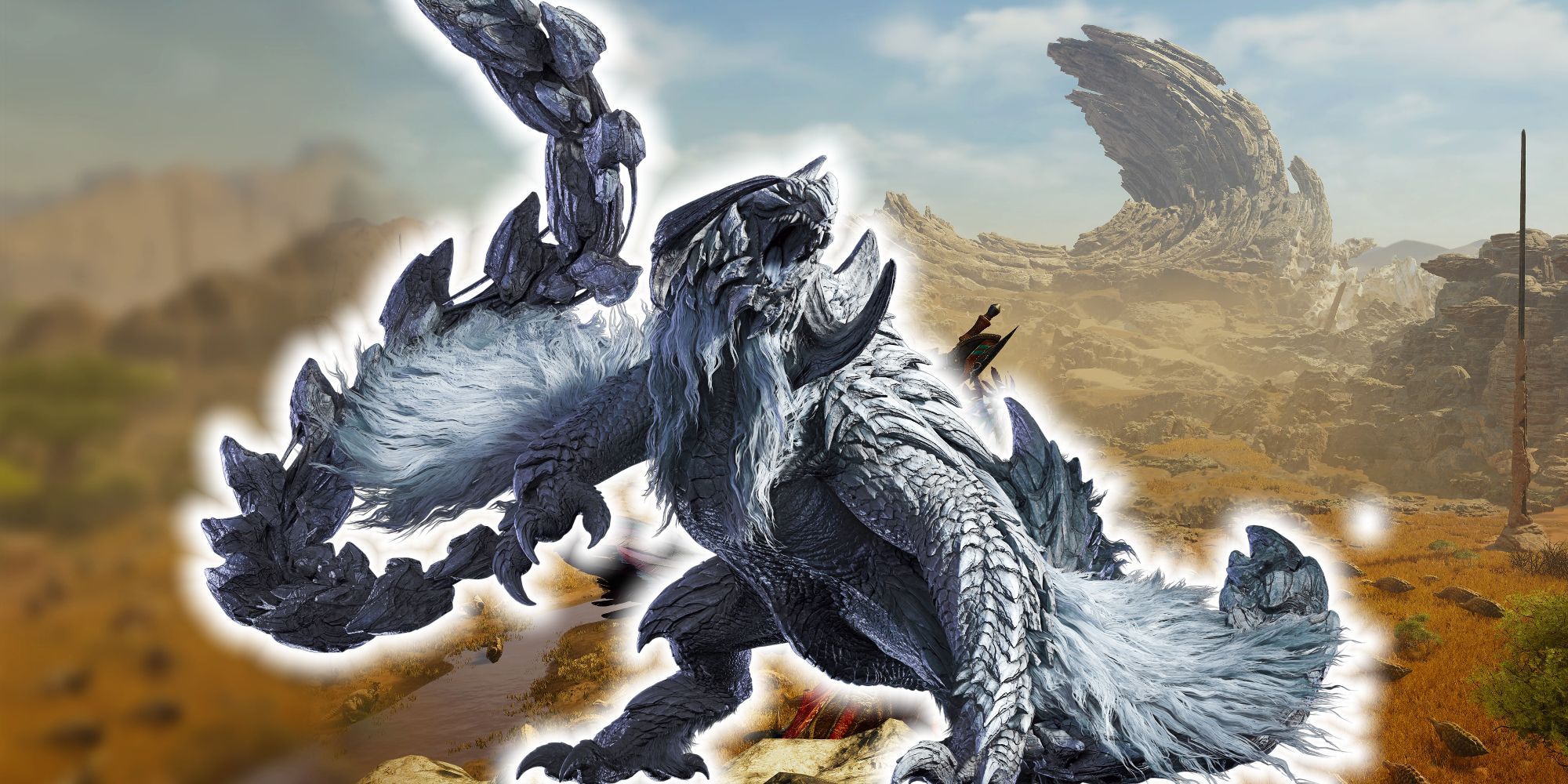
Related
Monster Hunter Wilds' Art Director Reveals Just How Long A Monster Design Takes
Monster Hunter Wilds’ art director Kaname Fujioka reveals his process for designing monsters (and some of his favorites) ahead of the game’s release.
World and Rise broke some of these conventions. MH World: Iceborne and Rise's challening Sunbreak expansion were not standalone games, but rather, more traditional expansions. This was a step in the right direction, as having to repurchase the base game to gain access to the fresh content the Ultimate version provided felt like a rather antiquated release system. More than likely, Wilds will more closely follow the recent games, with an additive expansion releasing within a one-to-two-year timeframe.
With Iceborne and Sunbreak, the higher difficulty, previously G rank, was renamed to Master Rank, and it serves as the base difficulty for all content within the expansion. Beyond higher monster stats, Master Rank also affects monster movesets, creating much more deadly hunts. Along with the increased difficulty, a new endgame system is often added. Iceborne, for instance, introduced the Guiding Lands, an endlessly replayable zone that morphed in design and content based on the players' interactions within it. Sunbreak added anomaly monsters, which would increase in difficulty based on their level, and would grant extra, challenging behaviors to affected monsters.
Wilds Will Likely Draw The Same Criticism As Previous Titles
Expected Expansions Leave The Endgame Barren
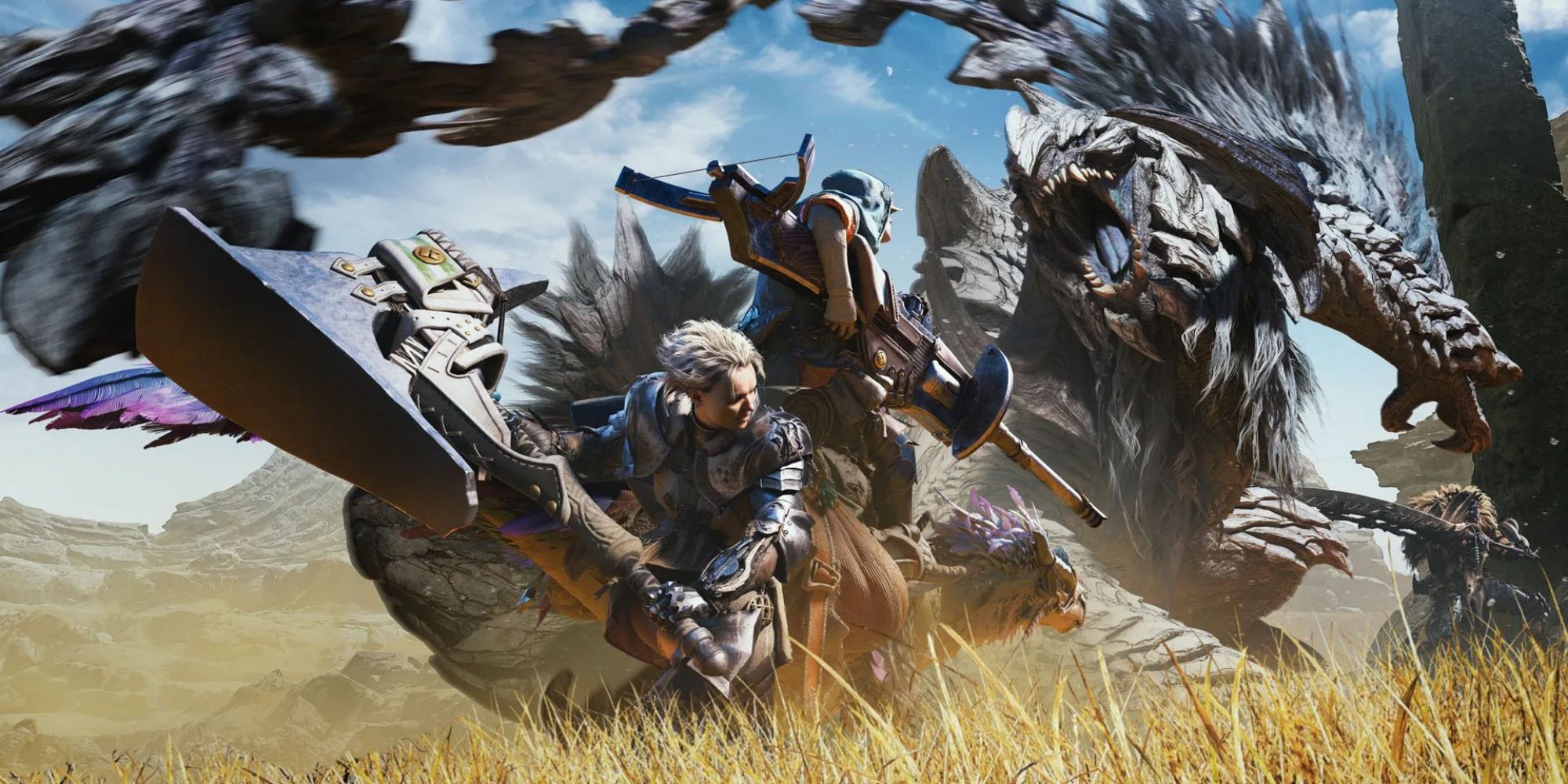
These expansions have been consistently amazing – Iceborne is especially brutal yet satisfying – offering an immense amount of content and value for their price. The glaring issue they cause has less to do with the expansions themselves, but rather, how they interact with the base game they add onto. Monster Hunter fans have come to expect the lack of a Master Rank and endgame systems, as these features are relegated to the expansion. While a one-year turnaround for expansions is quite fair, that's an entire year when the content of the base game can quickly grow stale at the endgame.
Capcom does do a good job at continuing updates, adding additional monsters and crossover events, such as World's inclusion of Geralt and the iconic Leshen from The Witcher 3. There are goals to strive for too, such as felling Elder Dragons and other difficult hunts. However, the system surrounding this content is slim, typically being a band-aid mechanic added in. For World, this was decoration farming, a tedious and RNG-heavy system that players could sink hundreds of hunts' worth of loot into to chase the best-in-slot decorations, gems that slot into equipped gear.
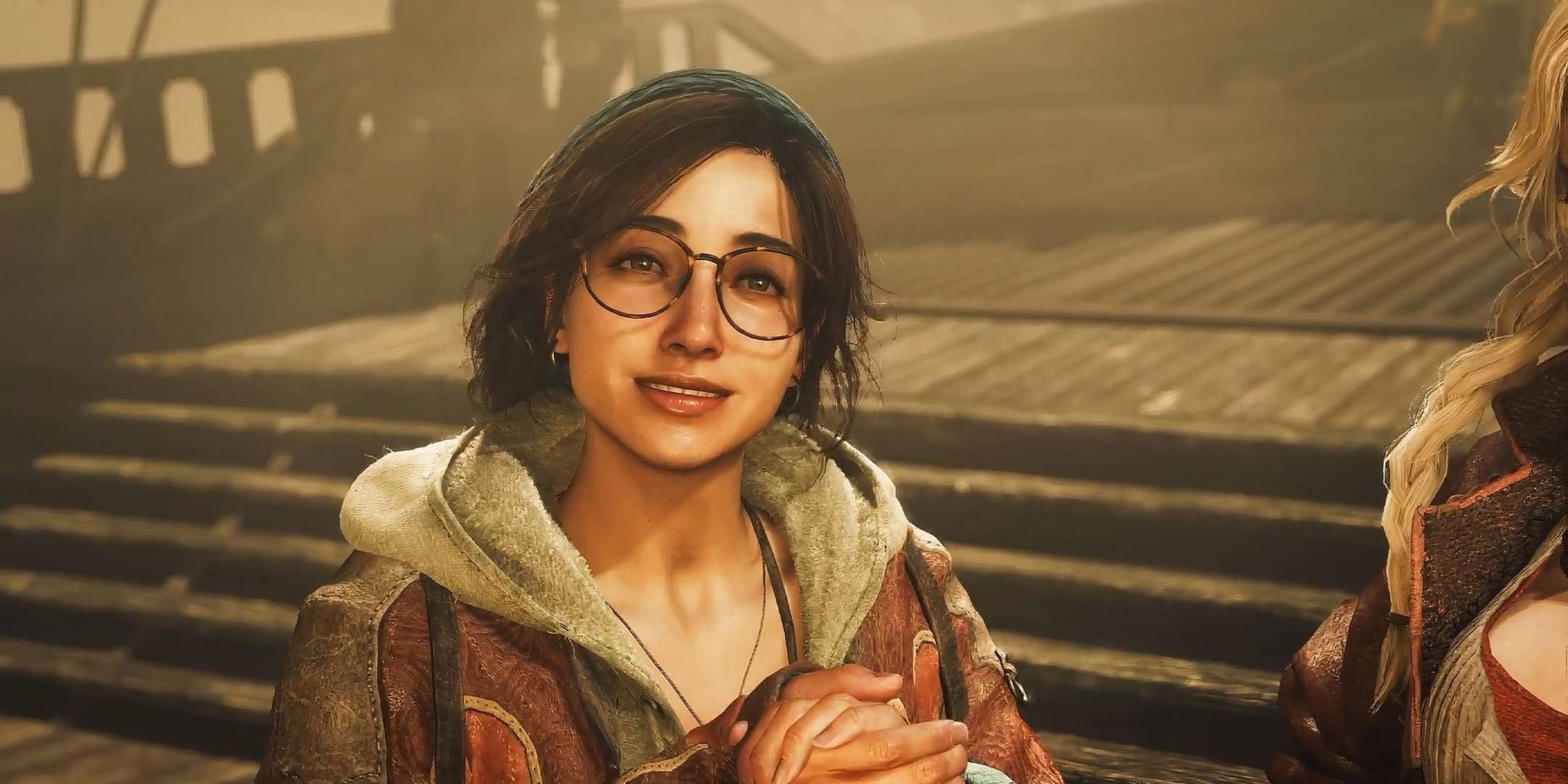
Related
10 Biggest Gameplay Changes We Noticed In The Monster Hunter Wilds Hands-On
The biggest additions and improvements coming with Monster Hunter Wilds that Screen Rant noticed during an extended hands-on preview with the title.
Decorations don't provide the same appeal as upgrading gear. There is no visual indicator of their existence, and a B.I.S. decoration often just provides flat stats. It does take quite a while to reach this point of the endgame, and also assumes that hundreds of hours have already been sunk into the game. Yet, the fact that proper endgame systems do exist, but that players will have to wait for the expansion to gain access to them, does sting.
This is without mentioning the lack of Master Rank. Knowing that every monster available is a lesser version of their master rank counterpart can also diminish the endgame in some ways. While every Monster Hunter game thus far has been a masterclass in content and variety, the expansion cycle feels like one of the last major thorns for the franchise.
How MH Wilds Could Lessen The Severity Of An Absent Master Rank
Progression Needs To Feel Worthwhile Even Before An Expansion
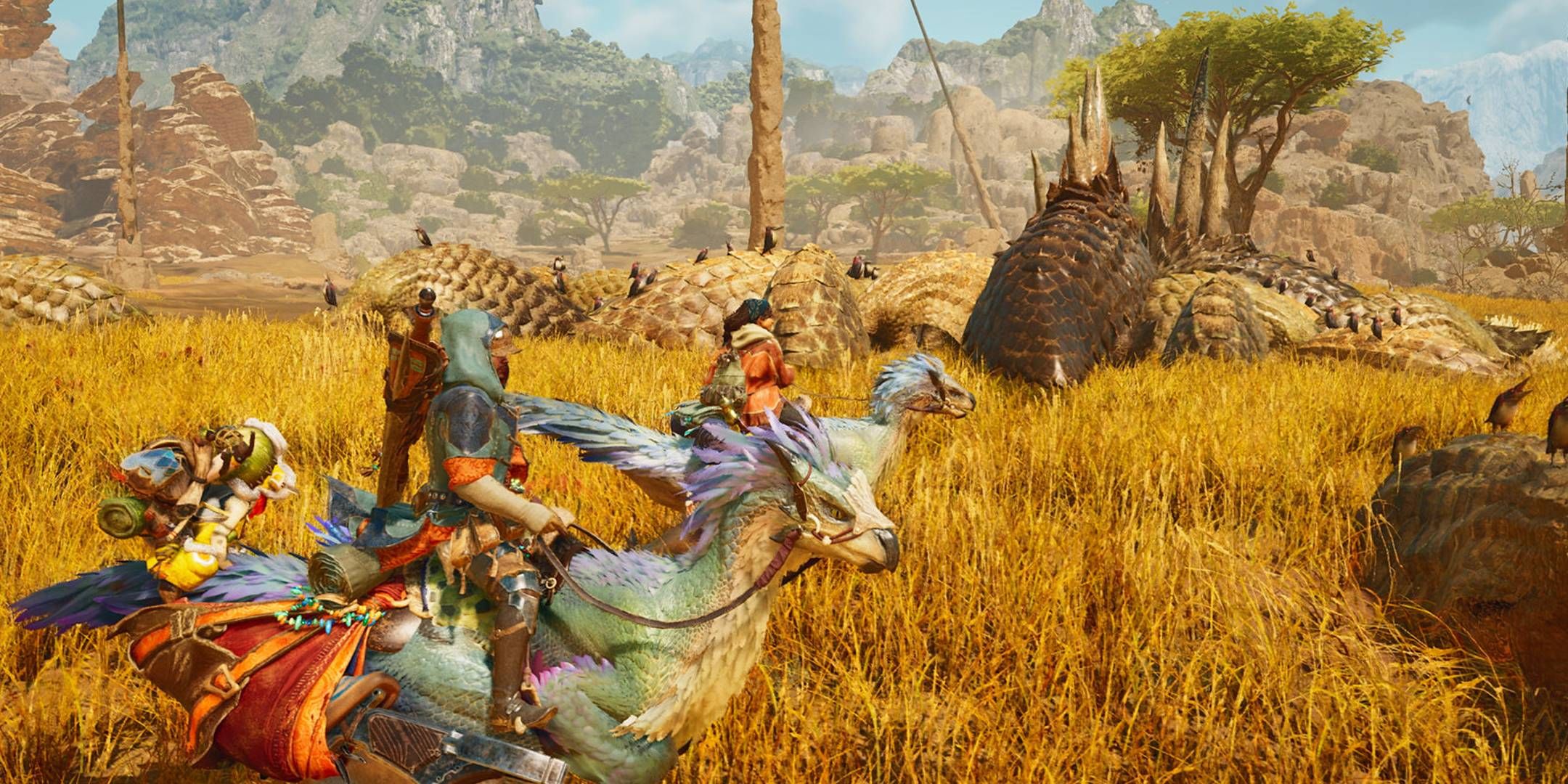
It's a shame that players will have to wait for a proper endgame system for each new entry into the franchise. The best approach to lessen the severity of this fact would be to include those systems within the base game. While previous Monster Hunter games have tried to include something, arbitrary RNG-fests are certainly not the best that Capcom can do.
The final update for Iceborne was Fatalis, perhaps the most classic and threatening elder dragon in the franchise. Felling Fatalis is the ultimate achievement of Iceborne. It requires players to go through a rodeo of ever more difficult fights to increase their hunter rank, their skill, and their gear. The Guiding Lands helped this journey quite a bit, providing a zone in which players could grind out these elements of the game while simultaneously progressing a dynamic endgame-only environment.
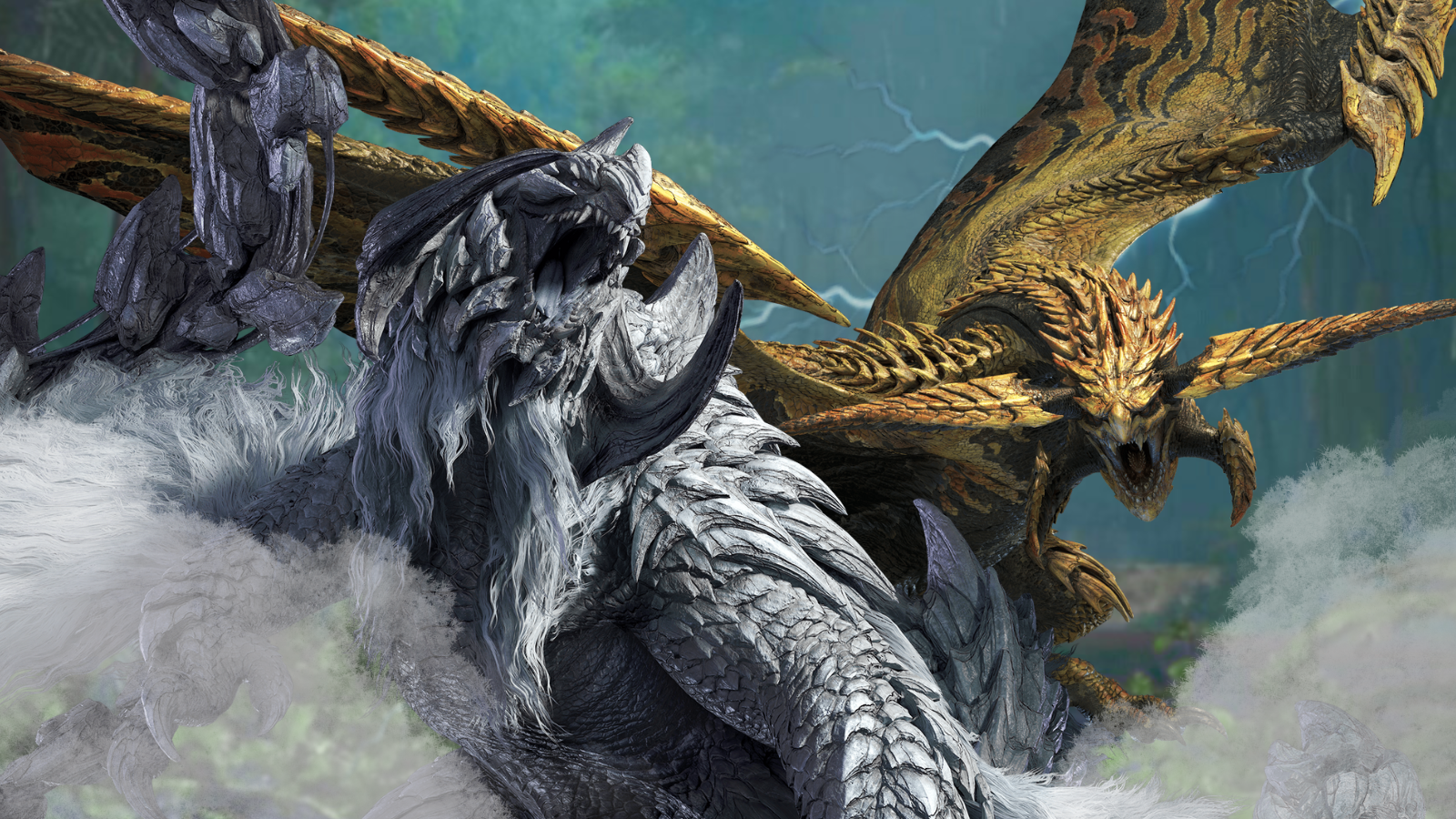
Related
Every New Monster Revealed For Monster Hunter Wilds (So Far)
Capcom's upcoming Monster Hunter Wilds has had a slew of new monster reveals to whet players' appetites for the game's release in February 2025.
While perhaps unfair to relate the entire development cycle of a game to the initial release of another, Iceborne does show how satisfying and well-crafted a Monster Hunter endgame can be. Having some form of endless progression, tied in with an ultimate challenge, is what Monster Hunter does best. Players purchase Monster Hunter, simply, to hunt monsters. When the overall goal of an endgame is to grind for minuscule increases in power on pieces of gear which themselves don't share the flavor of equipable monster-based armor and weapons, the endgame strays too far from the core of the game.
Hopefully, Wilds will learn from one of the primary criticisms of both World and Rise, and include a system that has more thought put into it. It's important to note that the life-span of a Monster Hunter title is far more weighted towards its expansion content. Players spent around two years within World's endgame, and six years within Iceborne's, but even so, that small slice of endgame is still a sizable amount of time on its own.
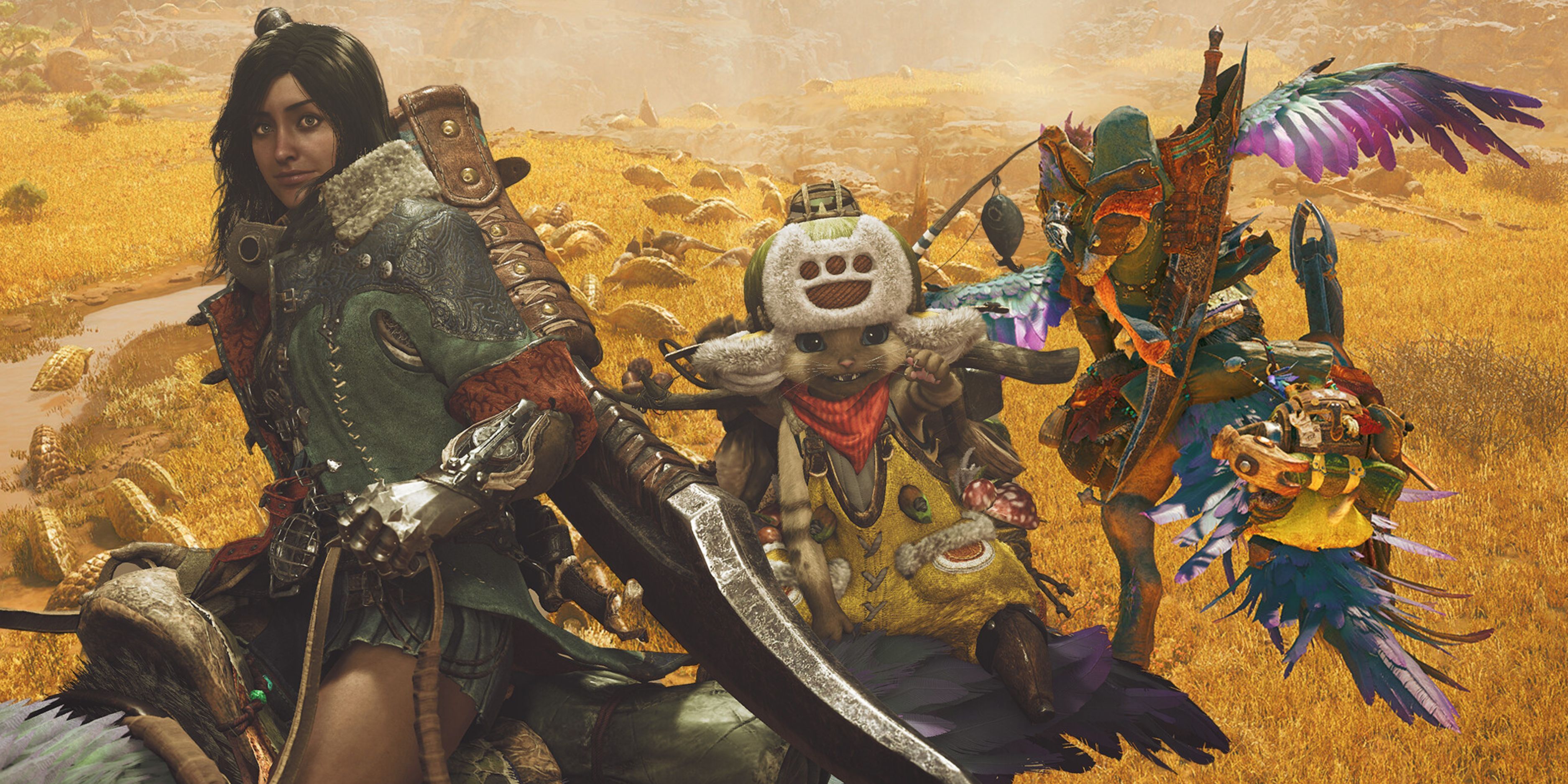
Related
Monster Hunter Wilds Brings Highly Requested Features Like Crossplay & More
Crossplay is just one of the quality-of-life improvements being introduced in Monster Hunter Wilds, but don't expect to find new weapons.
The result of this weighted time is Monster Hunter has earned a reputation as a game that facilitates hundreds of hours, and rewards players for doing so. Yet, this is never the case for the first few years of a new entry's lifespan, which often creates a negative initial impression of that lauded replayability.
Beyond Wilds individually, it feels as though every Monster Hunter game has an endless list of reasons to play it, but with an eternal asterisk that hinges on its release cycle. With new open beta tests on the way towards the game's close release, hopefully Monster Hunter Wilds has had some behind-the-scenes work on nullifying this asterisk. The series as a whole needs to move past perhaps the last consistently present issue of the franchise with a tangible sense of replayability and goals at the endgame.
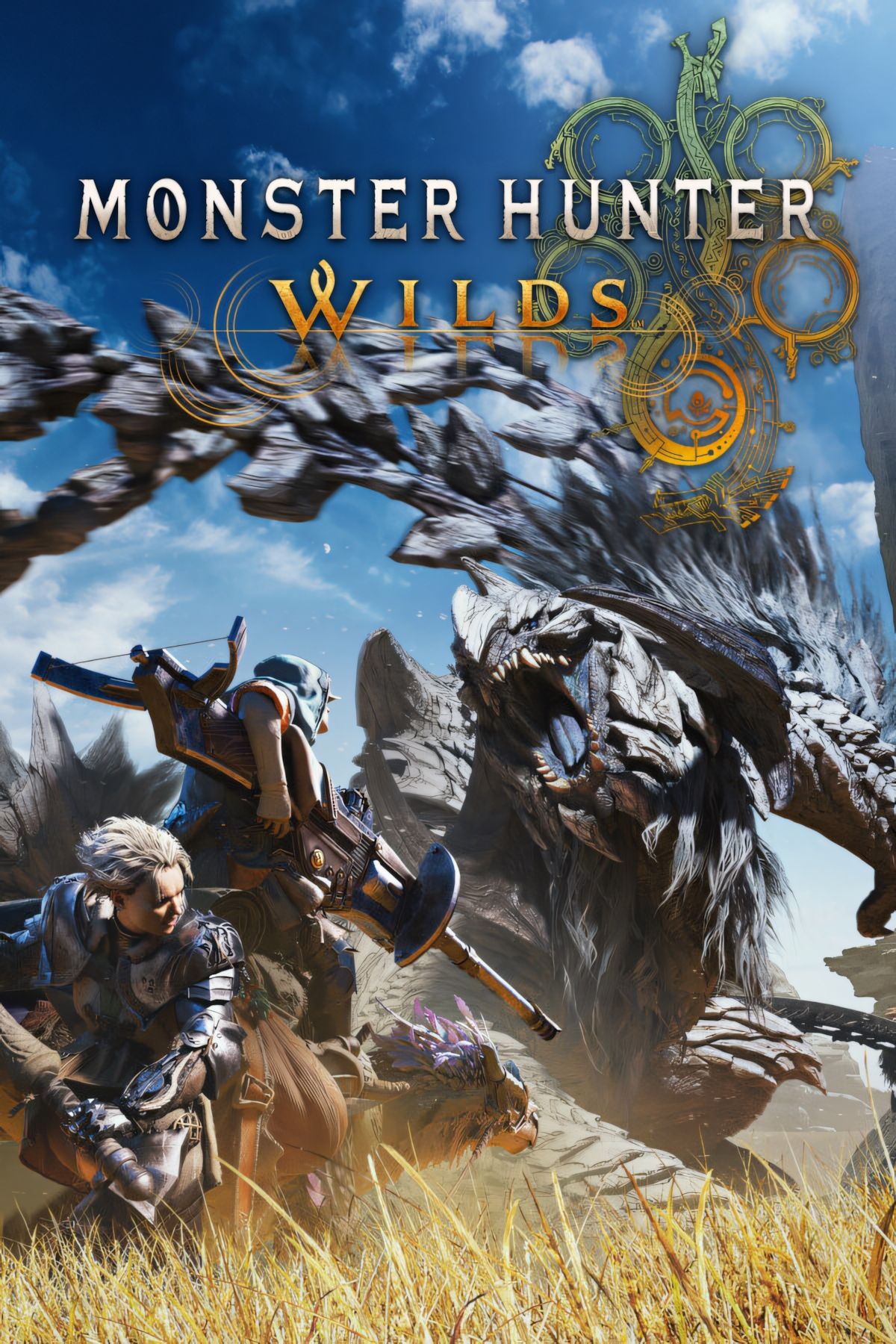
Your changes have been saved
Monster Hunter Wilds is the highly anticipated follow-up to Capcom's multi-million seller, Monster Hunter World. Announced at The Game Awards 2023, Monster Hunter Wilds will put players into a sprawling world where they'll hunt monsters to create new weapons and armor while protecting their home base and uncovering the secrets of unexplored lands with friends or alone.
Released February 28, 2025
Multiplayer Online Multiplayer
Engine RE Engine

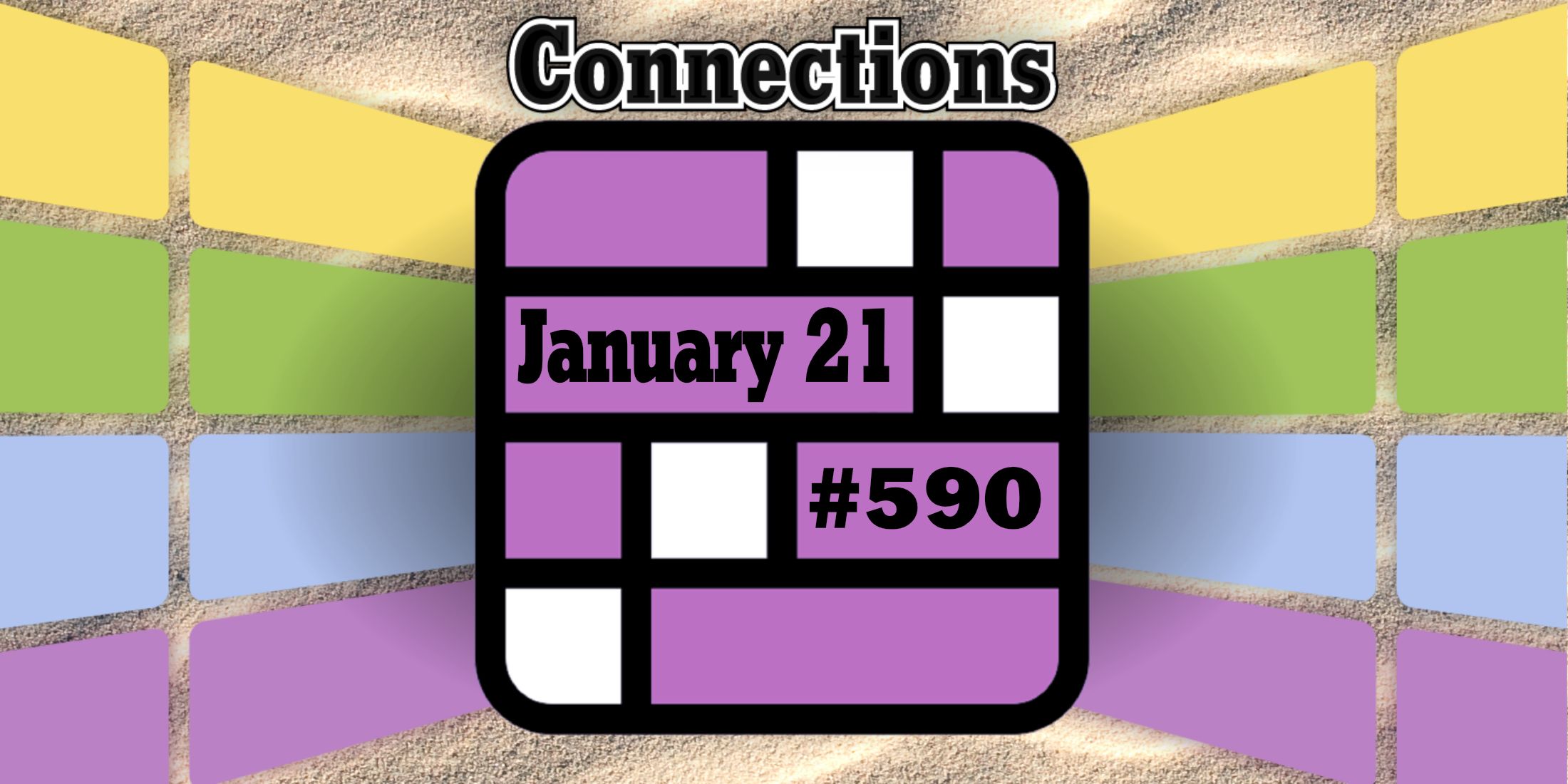







 English (US) ·
English (US) ·